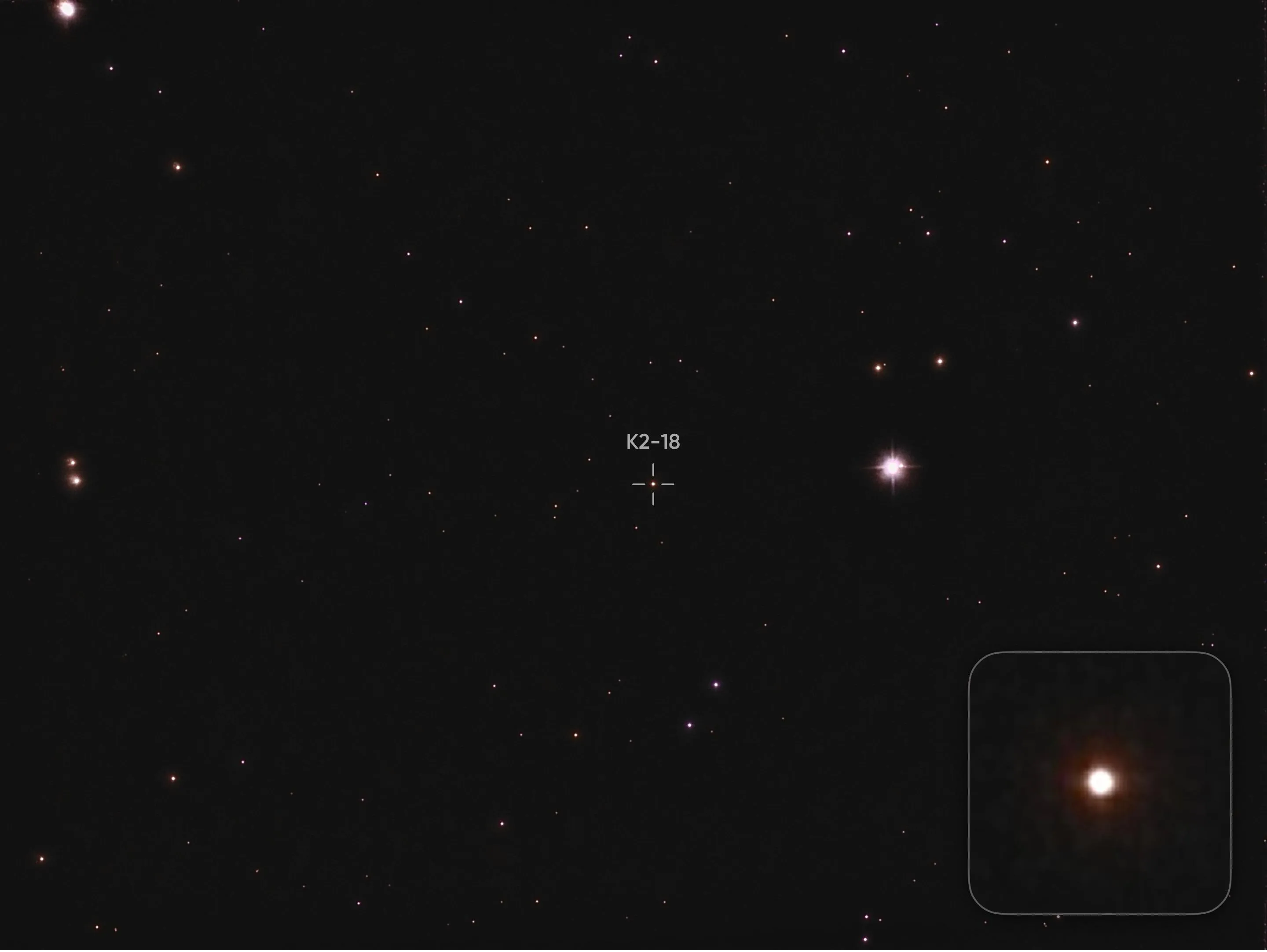K2-18: A Glimpse at the Cosmos' Most Intriguing Exoplanet
Last night, a remarkable astrophotography achievement brought us visually closer to one of the most exciting celestial objects in recent astronomical news: K2-18. This isn't just any star; it's a red dwarf system that hosts K2-18b, an exoplanet that has captured the world's attention for a truly extraordinary reason.
Unveiling K2-18b: A Habitable Zone World
K2-18 is a red dwarf star located approximately 124 light-years away in the constellation Leo. Its claim to fame largely rests on its exoplanet, K2-18b, a 'sub-Neptune' world orbiting within its star's habitable zone. This particular exoplanet gained significant prominence when observations hinted at the presence of water vapor and, more recently, a tantalizing discovery that pushed the boundaries of our search for life.
The Quest for Life Beyond Earth
What makes K2-18b so special? Recent analyses of its atmosphere, primarily by the James Webb Space Telescope, have suggested the presence of dimethyl sulfide (DMS). On Earth, DMS is almost exclusively produced by biological processes, primarily from marine phytoplankton. While this detection is preliminary and requires further confirmation, it represents an unprecedented finding – a potential biosignature light-years away. It's the closest we've come to detecting an echo of life, a whisper across the vast cosmic ocean, compelling us to consider the profound implications.
The discovery of K2-18 itself is also a testament to our ongoing quest to find new worlds. It was initially identified by the K2 Mission, an extended mission of the Kepler Space Telescope. After two of Kepler's reaction wheels failed, the innovative K2 mission repurposed the spacecraft to continue its planet-hunting endeavors by observing various fields along the ecliptic.
Capturing the Distant Glow
Despite its immense distance, dedicated citizen scientists and astrophotographers are continually pushing the boundaries of what's possible with personal equipment. The image captured of K2-18, using a Unistellar EQ2 telescope with an 8-minute exposure from a light-polluted Bortle 9 sky, is a testament to this passion. It's a reminder that even from our backyards, we can connect with and visualize objects that hold such profound scientific significance.

What's Next for K2-18b?
The excitement surrounding K2-18b is palpable. While the potential detection of DMS is incredibly exciting, it's crucial to remember that it's not definitive proof of life. Further observations and research are needed to confirm these findings and rule out any non-biological sources. Regardless, K2-18b stands as a beacon in our search for extraterrestrial life, pushing us to explore, innovate, and dream about what might exist beyond our pale blue dot. The journey to understand this intriguing exoplanet has just begun, and its future revelations promise to be nothing short of revolutionary.




